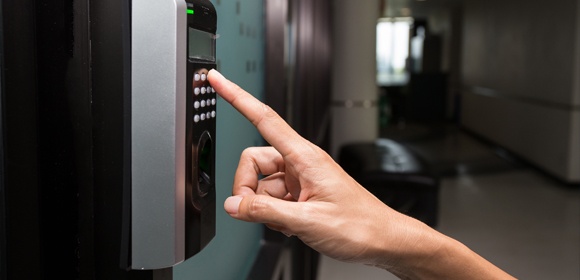
The wireless access control industry is booming, and facilities all over the world are ditching their old metal turn keys for the convenience of wireless access in secured locations. A recent study showed that at 56%, more than half of the world's workforce has shifted to wireless access for their employees. But does that make it safer, or simply more convenient?
The benefits are easy to see. Wireless access, which is easy to install in any location and extremely affordable, means your employees can easily access your building with a card or their mobile accessories (smartphones, tablets, smart watches, etc.). With built-in security features already on most smart devices, the security risk is also lessened for companies that adopt this method. And when a key card is lost, it's much easier to deactive it than a traditional key, which would require the changing of locks and remolding keys. So wireless is easy, cheap, and convenient? What could possibly go wrong?
Well, a few things depending on which method you choose. The main debate in wireless access lies between cards and mobile devices. While both are convenient, mobile access leads the way in security and cost. Cards can be cloned, shared, stolen, or easily lost, and low frequency cards are lagging behind the strong signals used by mobile devices. Additionally, the management and reissuance of cards can be cumbersome, and readers can be subjected to vandalism due to their placement outside of the secured area. Mobile access allows for long range capability, with readers safely hidden from potential vandals inside the secured area. Perhaps most importantly, with so many organizations focused on their global footprint, mobile access allows for a greener approach by upcycling an existing device that employees already carry and eliminating the creation of additional plastic access cards.
So is mobile the best method for your company? While it has its benefits, it should be noted that all employees may not carry devices that are compatible with this technology, adding an additional cost to the company if they have to provide it. Employees will also have to relaunch the app used for access each time they enter the building. And any time a mobile device is replaced, the license will need to be reissued. Employees may also run into issues with batterly life and weak cellular signals due to steel or concrete walls.
Each organization has its own sets of challenges and solutions, and pros and cons for each method. It is up to the individual organization to determine what system is most ideal for their building and/or office. But whatever the choice, wireless access is the way of the future, and the security it offers surpasses our old lock and key system by leaps and bounds. To learn more about access control, check out our white paper on the topic.
